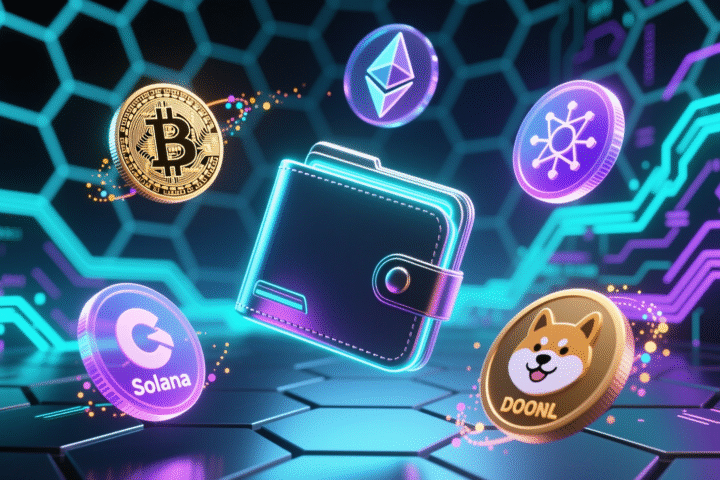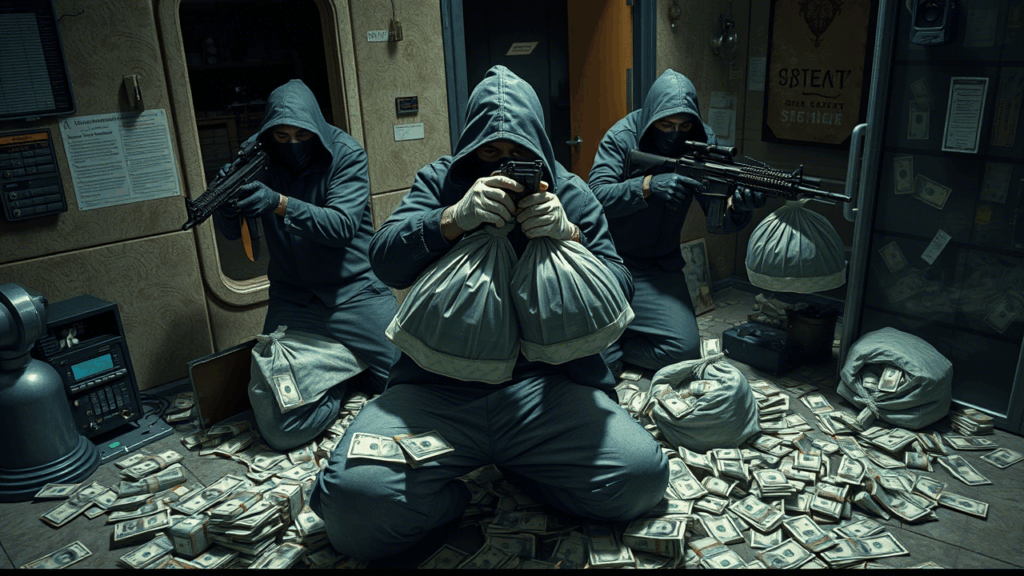Ready to dive into the exciting world of digital collectibles? If you’ve ever wondered how to create and mint NFTs but felt held back by tech jargon or coding fears, this guide is for you. NFTs—short for non-fungible tokens—are unique digital assets that can represent anything from art and music to videos and memes. They’ve taken the internet by storm, making headlines for their ability to prove ownership and authenticity of digital creations.
But here’s the best part: you don’t need to be a developer or a tech wizard to join this digital revolution. Creating an NFT is more accessible than ever, thanks to user-friendly platforms designed for beginners. In this article, we’ll walk you through the simple, step-by-step process to create and mint your very first NFT—no complicated code, no tech headaches. Whether you’re an artist, a collector, or just curious, you’ll soon have your own digital masterpiece on the blockchain.
What You Need Before You Start
Before you jump into the NFT universe to create and mint NFTs, let’s make sure you’ve got your toolkit ready.
- A digital asset: This could be anything you want to turn into an NFT — a cool piece of art, a catchy song, a memorable photo, or even a short video clip. Think of it as your digital masterpiece waiting to be immortalized on the blockchain.
- A crypto wallet: Don’t worry, it’s not some mysterious vault guarded by dragons. Wallets like MetaMask or Coinbase Wallet are like your digital pockets where you store cryptocurrencies and connect to NFT platforms. They help you manage your NFTs and handle transactions safely.
- Some cryptocurrency for gas fees: Creating and minting NFTs usually requires a bit of cryptocurrency to cover “gas fees” — small charges paid to keep the blockchain running smoothly. Most often, you’ll need Ethereum (ETH) or Polygon’s MATIC, depending on the platform you choose.
- Optional but helpful: Giving your NFT a catchy name, an engaging description, and some fun traits or metadata can make it stand out in the crowded NFT marketplace. These details help tell the story behind your creation and add extra value for collectors.
With these essentials ready, you’re all set to take the plunge!
Pick Your Playground: Choosing the Right NFT Marketplace
Once you’ve got your wallet ready and your masterpiece polished, it’s time to choose where you’ll actually create and mint NFTs. This is where NFT marketplaces come in — think of them like art galleries meets online stores, built for the blockchain.
But not all marketplaces are the same. Some are flashier, some are friendlier, and some won’t charge you a dime until your NFT is sold. Let’s break down a few beginner-friendly, no-code options:
1. OpenSea
Supports: Ethereum, Polygon
The OG of NFT platforms. OpenSea is like the Amazon of NFTs — massive, trusted, and packed with options.
Pros:
- Super popular = big potential audience
- Easy lazy minting (no upfront gas fees)
- Supports multiple blockchains (Ethereum and Polygon)
Cons:
- Service fees (2.5%) on sales
- Can feel overwhelming for first-timers
2. Rarible
Supports: Ethereum, Tezos, Polygon, and more
Rarible is part marketplace, part community hub. It’s slick, decentralized, and gives creators more control.
Pros:
- Creator royalties are built-in
- Governance token ($RARI) lets users vote on upgrades
- Simple minting flow
Cons:
- Slightly smaller audience than OpenSea
- Fees still apply (2.5%), though they’re split between buyer and seller
3. Zora
Supports: Ethereum, Base
Zora is the cool, minimalist platform that’s more than just a marketplace — it’s also a protocol. Great for creators who want to own their entire minting experience.
Pros:
- Zero marketplace fees
- On-chain and open-source
- Great for experimental art and culture drops
Cons:
- Less mainstream visibility
- Might feel a bit abstract for total beginners
4. Shib Marketplace (If you’re in the Shiba Inu ecosystem)
Built on: Shibarium
This one’s for the SHIB Army. If you’re looking to create and mint NFTs in a gasless, community-driven space, this Shiba-approved zone is coming soon.
Pros:
- No gas fees — it’s built on Shibarium
- Community-first, meme-friendly
- Fits right into the Shiba Inu ecosystem
Cons:
- Smaller audience (for now!)
- Still growing its creator tools and visibility
TL;DR: Choose What Feels Right
- Want big exposure and lazy minting? Try OpenSea.
- Love community vibes and governance perks? Rarible might be your jam.
- Prefer zero fees and experimental culture drops? Zora is calling.
- Deep in the Shib community? Shib Marketplace is your home turf.
Whichever you choose, just make sure the platform supports your wallet and preferred blockchain — and you’re one step closer to dropping your first NFT into the wild.
Your Magic Key: Setting Up a Crypto Wallet
Before you can create and mint NFTs, you’ll need a crypto wallet. Think of it as your all-access pass to the NFT universe—a digital vault that holds your cryptocurrency and helps you interact with NFT marketplaces. No dragons, no hacking required.
Here’s how to set one up in just a few easy steps:
1. Download a Wallet (like MetaMask)
Head to MetaMask.io or your preferred wallet’s official site and download the browser extension or mobile app. MetaMask is one of the most popular options out there, especially for beginners—it’s free, simple, and works with most NFT platforms.
2. Create a Secure Password and Back Up Your Recovery Phrase
When setting up your wallet, you’ll be asked to create a password. Make it strong (no “password123,” please).
Then comes the most important part: your recovery phrase (also called a seed phrase). This is a unique set of 12–24 words that acts like a master key to your wallet. Write it down and store it somewhere safe—offline. If you lose it, there’s no “forgot password” button.
3. Connect Your Wallet to an NFT Marketplace
Once your wallet is ready, head over to your chosen NFT platform.
Look for the “Connect Wallet” button—usually in the top right corner—and follow the prompts. Your wallet will ask for permission to connect. Click approve, and boom! You’re now ready to create and mint NFTs.
Setting up a wallet might sound technical at first, but once it’s done, it’s like unlocking the front door to the NFT world. Just don’t lose your keys.
Time to Shine: Upload and Create Your NFT
You’ve picked your marketplace, your wallet’s locked and loaded—now it’s time for the fun part: actually uploading your masterpiece and getting it ready for the blockchain spotlight. This is where you officially create and mint NFTs and turn your digital file into a one-of-a-kind collectible.
Here’s how the magic happens, step by step:
1. Click “Create” on the Platform – Most marketplaces have a big, shiny “Create” button right on the homepage. Click it, and you’re off to the races.
2. Upload Your File – This is the moment your art takes center stage. Whether it’s a digital illustration, a lo-fi beat, a meme-worthy GIF, or a short video—just upload your file. Most platforms accept common formats like JPG, PNG, MP4, MP3, and GIF.
3. Fill Out the Metadata – Metadata is the storytelling sauce that gives your NFT its flavor. You’ll be asked to enter:
- Name – Give it a title that pops
- Description – What’s the story or vibe behind it?
- Properties or traits – Optional, but useful if you’re creating a collection or want to add rarity. Don’t skip this part—good metadata can make your NFT more searchable, more collectible, and just generally more awesome.
4. Choose a Blockchain – This is where you decide which network your NFT will live on. Common choices include:
- Ethereum – The classic choice, widely supported but can come with higher fees
- Polygon – A low-cost, eco-friendlier alternative to Ethereum
- Shibarium – If you’re deep in the SHIB ecosystem, it’s gasless and meme-forward
Each blockchain has its pros and quirks, but don’t stress too much—many platforms let you switch between them depending on your goals and audience.
Once you’ve uploaded, filled everything out, and chosen your blockchain, you’re just one click away from minting. Your NFT is about to go from a simple file to a verified asset on the blockchain. That’s one giant leap for your creativity.
Let’s Mint It: Making Your NFT Official
So, you’ve uploaded your digital creation, added all the juicy details, and chosen your blockchain. Now comes the moment when your file becomes officially an NFT. This part is called minting—and no, it has nothing to do with candy.
What Does “Minting” Even Mean?
Minting is the process of publishing your digital file on the blockchain. It’s like stamping your creation with an unbreakable digital seal that says: this is the real deal. Once minted, your NFT can’t be altered, duplicated, or lost in the void of the internet. It becomes a unique, ownable item with a traceable history—pretty cool, right?
Click, Confirm, Done
To finalize the minting process, your platform will usually ask for a quick confirmation. You’ll hit a button like “Mint” or “Create,” your wallet will pop up, and you’ll approve the transaction.
Most of the time, this involves paying a small gas fee—a bit of crypto that covers the cost of writing your NFT onto the blockchain.
Wait—What’s Lazy Minting?
Lazy minting is a clever workaround for anyone who wants to create and mint NFTs without paying anything upfront. Instead of paying gas fees immediately, your NFT isn’t fully minted until someone buys it. That means zero cost until there’s actual demand.
It’s perfect for beginners who want to dip their toes into the NFT world without committing crypto right away.
Bottom line?
Minting turns your digital idea into a real-deal NFT, recorded forever on the blockchain. Whether you go the classic route or the lazy minting path, you’re now officially part of the NFT creator club.
Showtime: Listing and Selling Your NFT (If You Want To)
Once you create and mint NFTs, you’re not required to sell them—but if you’re ready to test the waters of the NFT market, listing your creation for sale is the next step. Whether you’re aiming for viral fame or just want your art to find a new home, here’s how to make your NFT marketplace debut.
Set Your Price (or Let the Bidding Begin)
Most platforms give you two basic options:
- Fixed Price – You choose exactly how much your NFT costs. Simple and straightforward.
- Auction – Let the market decide. Set a starting bid and a time limit, and watch the offers roll in (hopefully).
Not sure what to charge? Check out similar NFTs on the same platform to get a feel for the going rates—but remember, pricing is part art, part strategy, and part vibes.
Get Eyes on Your NFT: Promotion Tips
Just because your NFT exists doesn’t mean people will magically find it. Here’s how to boost visibility:
- Share it on social media – X, Instagram, TikTok, Threads—whichever platform you vibe with. Use relevant hashtags like #NFTart or #NFTdrop.
- Tell your story – Why did you make it? What makes it unique? People love context.
- Join communities – Discord servers, Reddit threads, or Web3 creator groups are great for connecting with fellow NFT fans and potential collectors.
Remember: You don’t have to sell right away. Some creators like to build a portfolio first, experiment, and enjoy the process of learning how to create and mint NFTs before thinking about profits.
But when you are ready to list, just know—you’re not just launching an NFT. You’re launching a digital collectible into the world, and you never know where it might land.
Avoid the Oops: Pro Tips for First-Time NFT Creators
You’ve made it this far—you’re basically ready to create and mint NFTs like a pro. But before you take that final leap into NFT glory, let’s talk about a few common trip-ups that can turn your first drop into a “why didn’t someone warn me?” moment. Good news: we’re that someone.
Don’t Blow Your Budget on Gas Fees
Gas fees are like tolls on the blockchain highway—they keep things moving but can get surprisingly pricey, especially on networks like Ethereum during peak hours. Before you mint, check the gas fee estimate (your wallet will show it). If it’s sky-high, wait for a quieter time or consider a more cost-friendly blockchain like Polygon or Shibarium.
Double-Check Your Metadata
Once you hit “mint,” your NFT’s info is locked in. So before you commit, take a second look at the name, description, and any traits or properties. Typos, missing details, or the wrong file type can’t be edited later—minting is forever, like a tattoo on the blockchain.
Beware of Scams and Shady Platforms
If a site promises you instant NFT riches, asks for your seed phrase, or looks like it was built in 2002… run. Stick to well-known platforms and always double-check URLs. Remember: to create and mint NFTs safely, your wallet—and your wits—need to be protected.
Quick Rule of Thumb:
If something feels off, pause. Take a breath, Google it, or ask in a verified NFT community. The Web3 world is exciting, but it’s also wild—staying smart is part of the adventure.
And now? You’re equipped, alert, and ready to drop your NFT with confidence.
You’re Officially NFT-Ready
See? Not so scary after all. With just a digital file, a wallet, and a few clicks, you can create and mint NFTs without touching a single line of code. Whether you’re an artist, musician, collector, or just someone curious about Web3, the tools are now in your hands—and they’re a lot more beginner-friendly than they used to be.
More importantly, minting your first NFT isn’t just about the tech. It’s about creativity, ownership, and putting something uniquely you out into the world. So go ahead—experiment, explore new platforms, try different formats, maybe even collaborate with friends.
The NFT space is still evolving, and there’s plenty of room for fresh voices. Yours included.
Read More
- 9 Unexpected Ways to Use NFTs Beyond Digital Art
- The Origin of NFTs: How Crypto Culture Created a New Art Movement
- NFT Royalties: Can Creators Really Count on Passive Income Forever?
Michaela has no crypto positions and does not hold any crypto assets. This article is provided for informational purposes only and should not be construed as financial advice. The Shib Magazine and The Shib Daily are the official media and publications of the Shiba Inu cryptocurrency project. Readers are encouraged to conduct their own research and consult with a qualified financial adviser before making any investment decisions.










